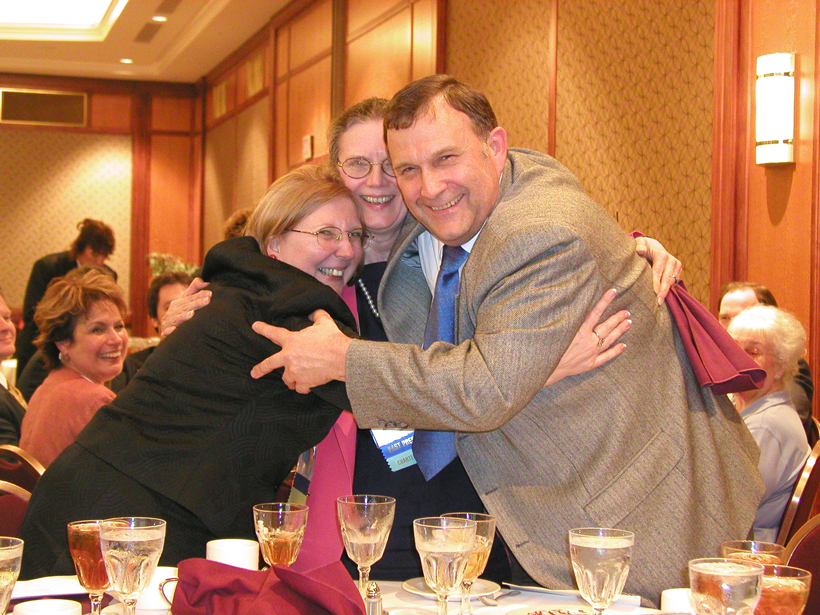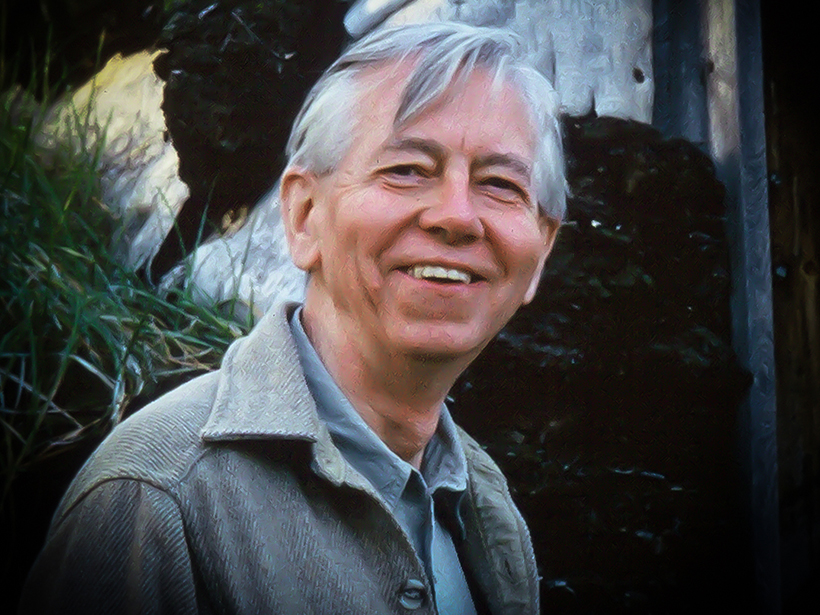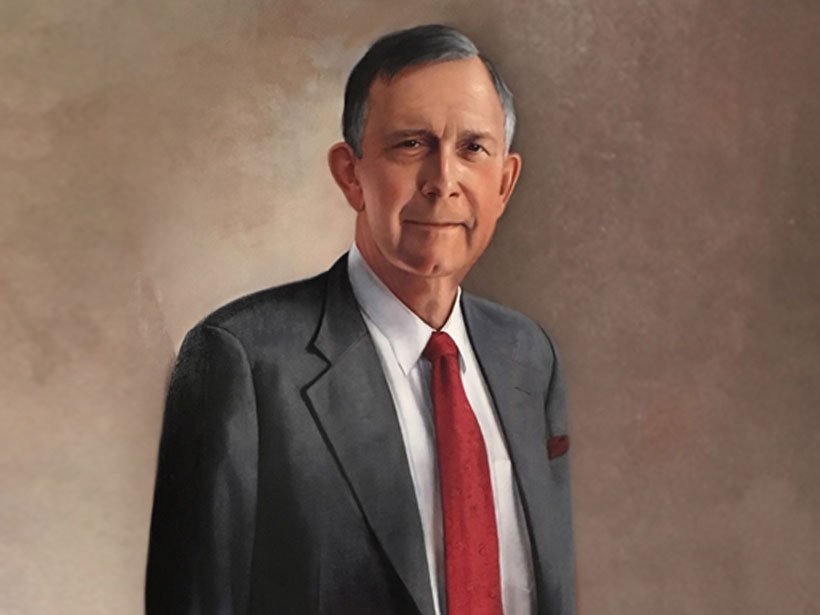Honoring the life and legacy of the longtime AGU executive director.
Tribute
Jean O’Brien Dickey (1945–2018)
This pioneer in space geodesy started as a particle physicist and went on to unravel relationships between Earth’s rotation and climate processes.
Roger G. Barry (1935–2018)
Barry, a giant in climate and cryospheric sciences, pioneered the archival of computer data and traveled the world to share his vision with others.
Christopher N. K. Mooers (1935–2018)
This passionate physical oceanographer, a leader and catalyst in coastal studies, explored many facets of nearshore circulation and advanced the modeling and forecasting of coastal dynamics.
John T. “Jack” Gosling (1938–2018)
This prolific researcher helped us understand the interactions of the solar wind and coronal mass ejections with Earth’s magnetic field.
Kevin Charles Antony Burke (1929–2018)
Burke, a master geologist, traveled the world to inform his studies on plate tectonics, soil formation, erosion, sedimentology, and a host of other topics, including other planets.
Edward L. Chupp (1927–2017)
This pioneer in high-energy solar physics devised instruments for observing solar and cosmic ray emissions with which he detected, for the first time, nuclear gamma rays from solar flares.
A. F. “Fred” Spilhaus Jr. (1938–2018)
AGU’s former executive director turned his zeal for defending scientific integrity and for advancing Earth and space research into a 40-year career that enriched scientific pursuits around the world.
Ursula B. Marvin (1921–2018)
This bold mineralogist and feminist bucked norms that deemed geology unsuited for women. She contributed to meteoritics, science history, and petrology, including the analysis of Apollo Moon rocks.
Roger Lhermitte (1920–2016)
This luminary in the field of weather radar did it all, from basic engineering to sophisticated analysis.






